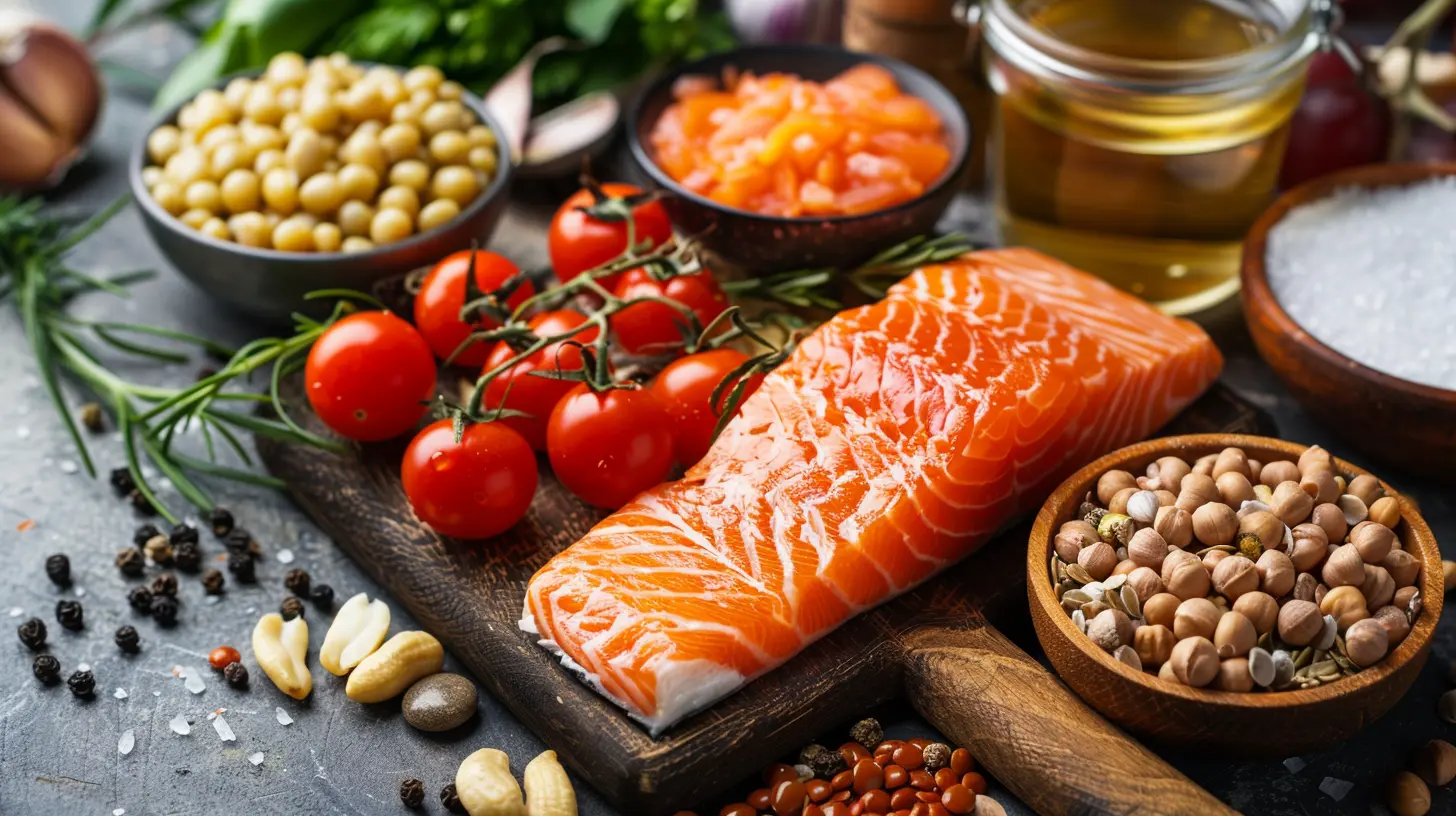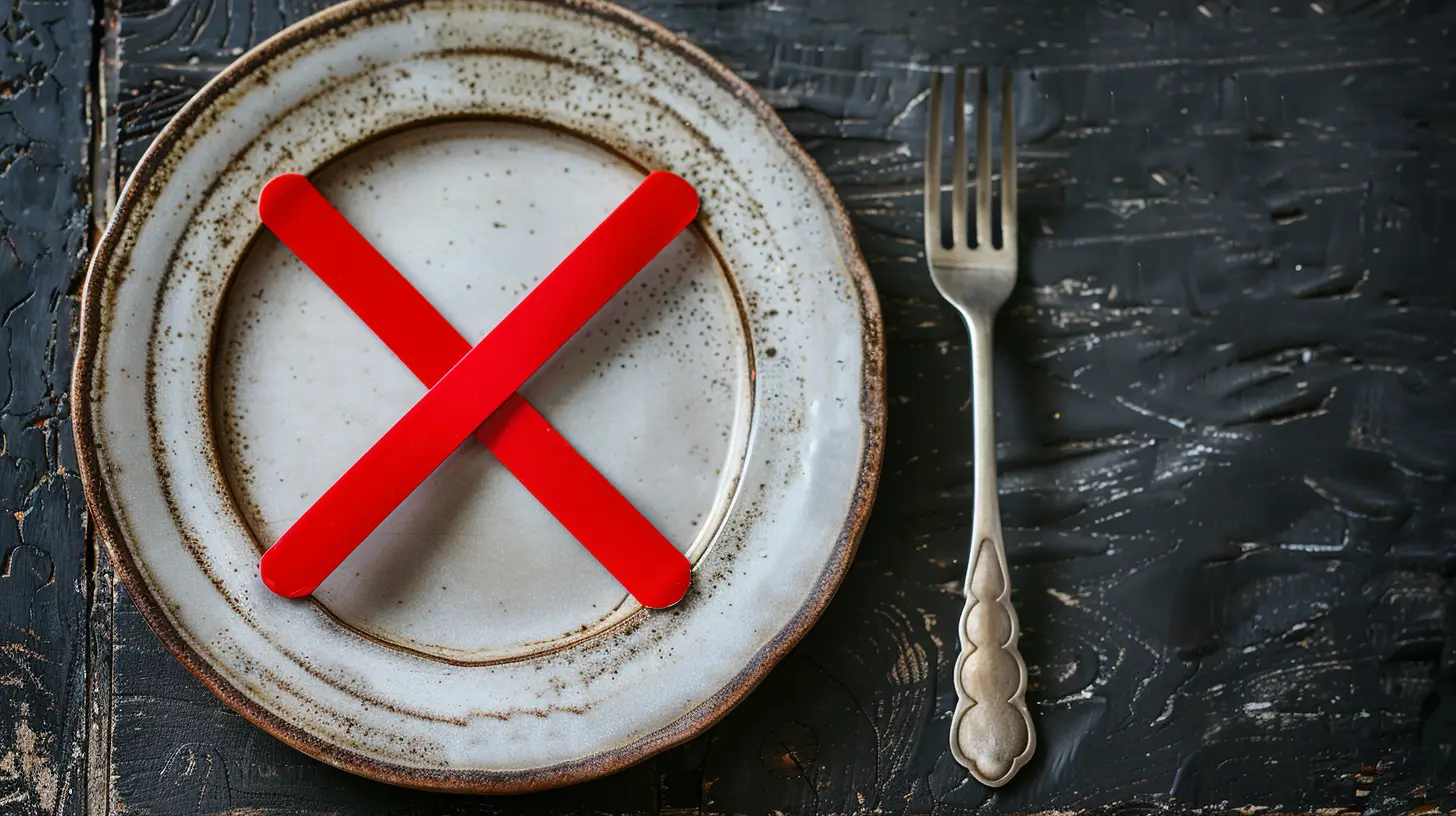11 April 2025
Dining out should be an enjoyable experience, but if you have food allergies, it can feel like walking through a culinary minefield. One wrong bite could lead to serious health complications, so it's understandable to feel anxious about eating out.
But here’s the good news—eating at restaurants with food allergies isn’t impossible! With the right strategies, communication, and a little preparation, you can still enjoy a night out without fear. Let’s break it down step by step. 
Understanding Food Allergies and the Risks
Before we dive into the tips, let's take a moment to recognize why dining out with food allergies is challenging. Food allergies occur when your immune system mistakenly identifies a particular food as harmful, triggering reactions that can range from mild itching to life-threatening anaphylaxis.Common allergens include:
- Peanuts
- Tree nuts (almonds, walnuts, cashews, etc.)
- Dairy
- Eggs
- Shellfish and fish
- Soy
- Wheat and gluten
The biggest risk of eating out? Cross-contamination. Even if a dish doesn’t contain your allergen, it could come into contact with contaminated surfaces or utensils, making it unsafe. That’s why being proactive is key. 
Steps to Dining Out Safely with Food Allergies
1. Research the Restaurant in Advance
Before stepping into any restaurant, do a little homework. Thanks to the internet, most restaurants have their menus available online. Many also indicate allergy-friendly options or offer allergen guides.What to look for:
- Does the restaurant label allergens on the menu?
- Do they offer gluten-free, dairy-free, or nut-free options?
- Have other allergy sufferers reviewed it positively?
If you're unsure, call ahead and ask about their ability to accommodate food allergies. A restaurant that takes allergens seriously will be happy to answer your questions.
2. Call Ahead and Ask Specific Questions
Once you've found a restaurant that seems allergy-friendly, give them a call. Speaking to a manager or chef is ideal since they have a better understanding of food preparation.Some essential questions to ask:
- How do you handle food allergies in your kitchen?
- Is fresh cookware used to prevent cross-contamination?
- Do you have dedicated allergy-friendly preparation areas?
- Can menu items be modified to accommodate my allergy?
A restaurant that hesitates or seems unsure may not be the best choice. Trust your gut—if they don’t seem confident, it’s better to look elsewhere.
3. Choose Your Meal Wisely
Once you’re at the restaurant, take your time scanning the menu. Avoid dishes that commonly contain hidden allergens. Here are some potential red flags:🚩 Sauces & Dressings – Many contain dairy, gluten, soy, or even nuts.
🚩 Fried Foods – Shared fryers mean cross-contact with allergens like wheat or shellfish.
🚩 Buffets & Salad Bars – High risk of cross-contamination.
🚩 Desserts – Nuts, dairy, and eggs are common in many sweet treats.
When in doubt, simpler is safer—grilled proteins, steamed veggies, or plain rice are often safer options than complex, multi-ingredient dishes.
4. Communicate Clearly with Your Server
Your waiter is your first line of defense in ensuring your meal is safe. Be clear, firm, and polite when discussing your food allergies.A great way to phrase it:
🗣️ _"I have a severe allergy to [allergen]. Even a tiny amount could make me very sick. Are you able to ensure my meal is safely prepared without cross-contact?"_
If the server seems unsure, don’t hesitate to ask them to check with the chef. Many restaurants train their staff on handling food allergies, but if you feel like they’re dismissing your concerns, it’s okay to walk away.
5. Carry an Allergy Card
If you're traveling or dining at an unfamiliar spot, having an allergy card can be a lifesaver. These are small, printed cards that list your allergens and dietary needs clearly. You can even get them translated into different languages if you're dining abroad!Simply hand the card to your server or chef to ensure they fully understand your dietary restrictions.
6. Bring Your Own Emergency Medications
Even with careful planning, there’s always a slight risk of accidental exposure. That’s why carrying your emergency medications, such as an epinephrine auto-injector (EpiPen) or antihistamines, is non-negotiable.Make sure:
✅ Your medications are up to date.
✅ You know how to use them properly.
✅ Someone with you is aware of your allergies and knows how to help in case of an emergency.
7. Have a Backup Plan
Sometimes, despite your best efforts, you might find yourself in a restaurant that just doesn’t feel safe. In those cases, don’t be afraid to leave. Your health is more important than staying in a place that can’t meet your needs.To avoid this situation, have a backup plan in mind. Keep snacks handy or know a second restaurant nearby that you trust. Better safe than sorry! 
Dining Out with Food Allergies – The Mindset Shift
Managing food allergies can sometimes feel like a burden, but with the right approach, dining out can still be an enjoyable experience. Instead of looking at it as a restriction, think of it as an opportunity to advocate for yourself.Every time you ask smart questions and educate restaurant staff, you’re not just protecting yourself—you’re raising awareness for others with food allergies too. 
Final Thoughts
Dining out with food allergies might take extra effort, but it’s absolutely doable. By researching ahead, communicating clearly, and having a solid backup plan, you can enjoy meals out without unnecessary stress.Remember: Your safety comes first. Don’t settle for uncertainty, and don’t be afraid to take control of your dining experience. After all, food should be something to enjoy—not something to fear!
So go ahead—book that dinner date, enjoy that family outing, and indulge confidently, knowing you’ve got everything under control.





Liv Martin
Great tips for safe dining experiences!
April 18, 2025 at 3:21 AM